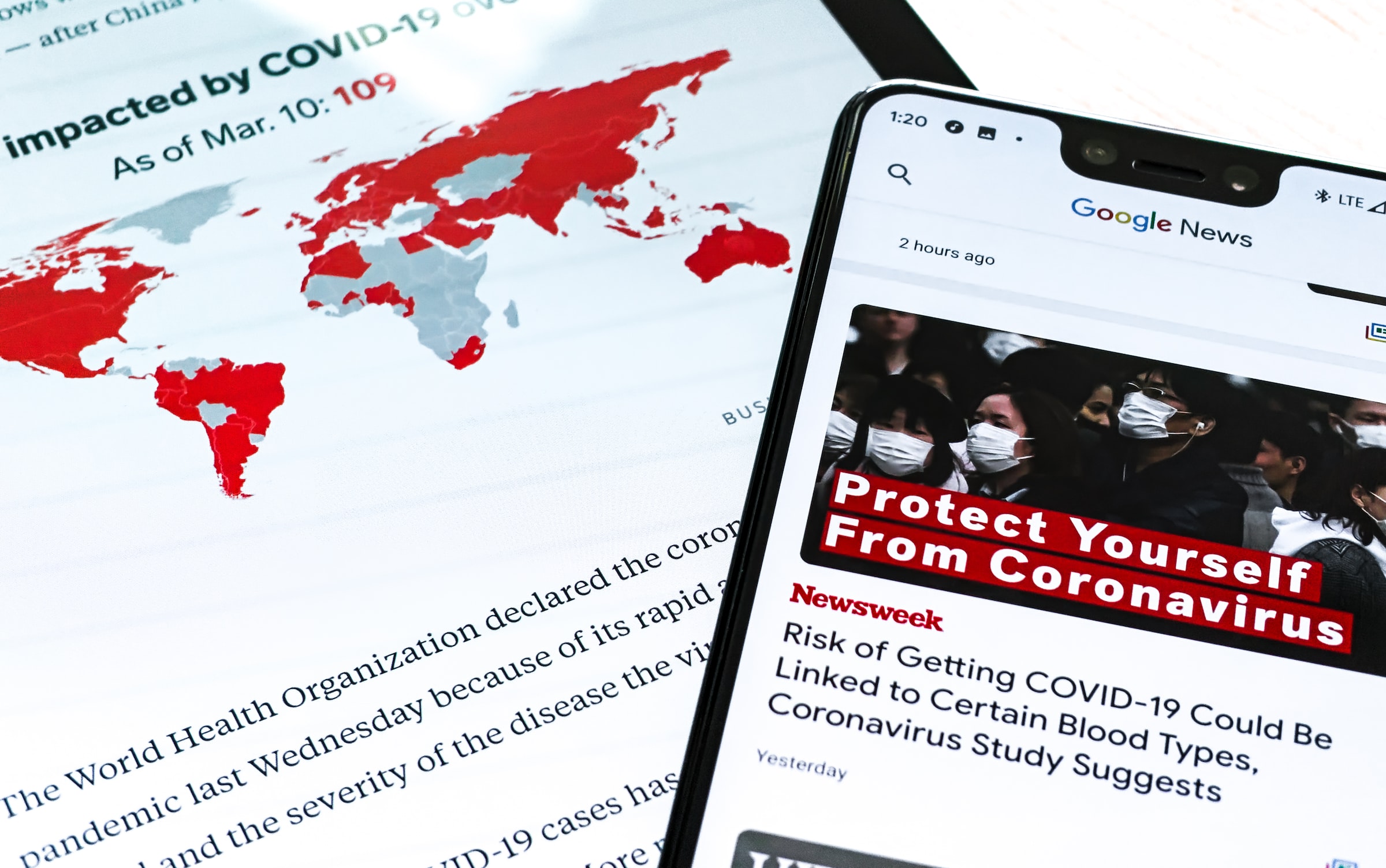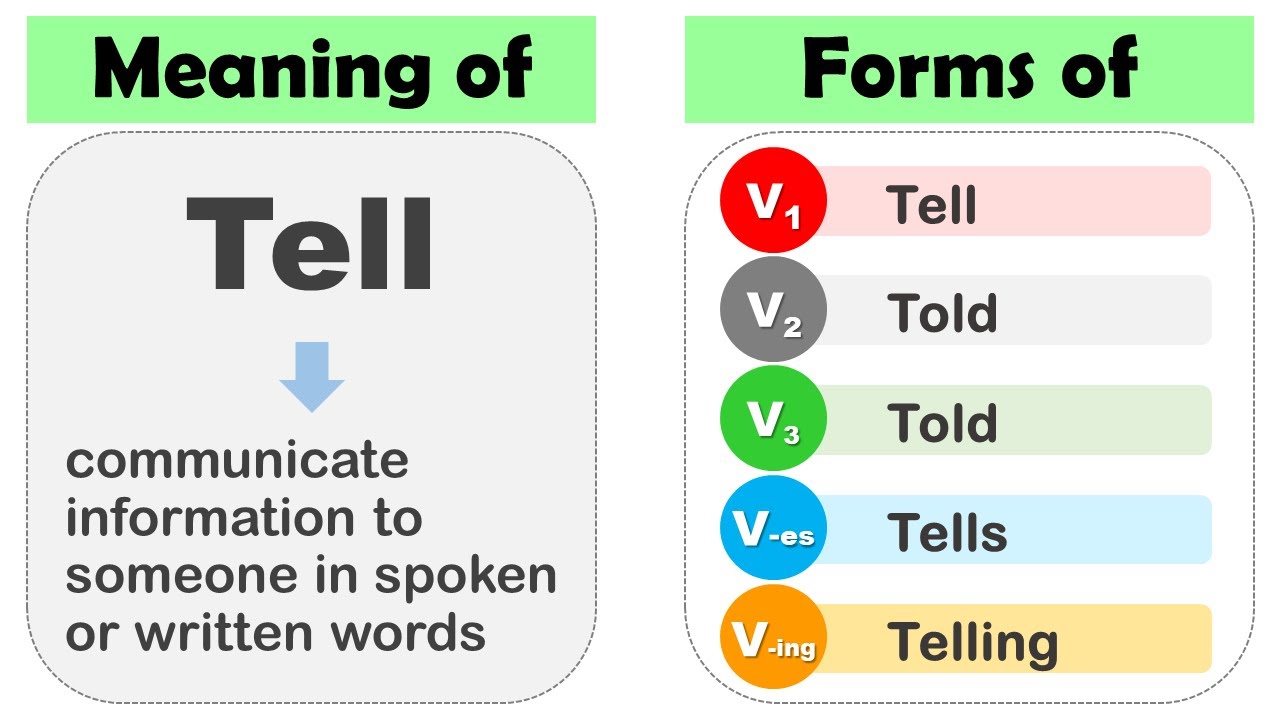Media Bias and Business Influence: How They Shape Your News Consumption
The hidden architecture of news selection
Every morning, millions of people wake up and consume news through various channels, believe they’re got an objective view of world events. The reality is far more complex. News organizations operate within intricate webs of business relationships, advertiser dependencies, and editorial philosophies that essentially shape what information reach audiences.
Media companies face constant pressure to balance journalistic integrity with financial sustainability. This tension create invisible filters that determine which stories get tell, how they’re framed, and which perspectives receive prominence. Understand these mechanisms help consumers become more discerning about their information diet.
Corporate ownership and editorial direction
Large media conglomerates own most major news outlets, create potential conflicts between corporate interests and journalistic independence. When a parent company have business relationships with certain industries or political figures, coverage of related topics may become more cautious or favorable.
Newsroom decisions oftentimes reflect broader corporate strategies. Publishers may emphasize stories that align with their business model while downplay coverage that could harm advertiser relationships or corporate partnerships. This doesn’t inevitably mean deliberate censorship, but kinda subtle editorial choices that accumulate over time.
Independent media outlets face different pressures but aren’t immune to bias. Funding sources, whether through subscriptions, donations, or grants, can influence editorial priorities. Yet advantageously intention publishers must consider their audience’s preferences and financial support when make content decisions.

Source: slideplayer.com
The advertising revenue model
Traditional media rely heavy on advertising revenue, create inherent tensions between editorial content and advertiser interests. News organizations may avoid stories that could upset major advertisers or create content that attract specific demographic groups valuable to sponsors.
Digital platforms have intensified these dynamics through target advertising and algorithmic content distribution. Social media companies use engagement metrics to determine which news stories receive wider distribution, frequently favor sensational or polarize content that generate clicks and comments.
The subscription model, while reduce advertiser influence, create different biases. Publishers must cater to subscriber preferences, potentially create echo chambers where audiences receive information that confirm their exist beliefs instead than challenge them with diverse perspectives.
Algorithmic curation and filter bubbles
Technology companies instantly play crucial roles in news distribution through search engines and social media platforms. These algorithms use complex formulas to determine which stories appear in users’ feeds, base on factors like engagement history, demographic data, and behavioral patterns.
Personalization algorithms create filter bubbles where individuals see news that align with their previous consumption patterns. While this improve user experience, it can limit exposure to diverse viewpoints and create fragmented information landscapes where different groups operate with wholly different sets of facts.
Platform policies about content moderation, fact check, and source credibility besides shape news consumption. These decisions, make by private companies, have significant implications for public discourse and democratic participation.
Geographic and cultural bias
News organizations unavoidably reflect the geographic and cultural contexts of their operations. American media tend to focus hard on domestic issues, while international coverage frequently emphasize stories with clear connections to American interests or audiences.
Urban base newsrooms may have limit understanding of rural perspectives, while coastal publications might overlook concerns important to inland communities. These geographic biases affect story selection, source diversity, and narrative framing.
Cultural assumptions embed in newsroom practices can besides influence coverage. Journalists’ educational backgrounds, social networks, and professional experiences shape how they interpret events and select sources for their reporting.
The speed vs. Accuracy trade off
Competitive pressure to break news rapidly can compromise accuracy and context. The race for clicks and social media engagement frequently reward speed over thorough investigation, lead to incomplete or misleading initial reports that may ne’er be full correct.
Break news cycles can too distort coverage priorities. Stories that develop rapidly and generate immediate audience interest may receive disproportionate attention compare to complex, long term issues that require sustained investigation and analysis.
Social media amplify these dynamics by reward immediate reactions and hot take over measure analysis. News organizations must balance the need for well-timed report with their responsibility to provide accurate, contextual information.
Political and ideological influences
While virtually reputable news organizations strive for objectivity, political and ideological perspectives unavoidably influence coverage decisions. These biases can manifest in story selection, source choices, frame techniques, and the prominence give to different viewpoints.
Partisan media outlets openly embrace ideological perspectives, but eventide mainstream organizations may exhibit subtle biases in their coverage. These tendencies oftentimes reflect the political leanings of their audience, staff, or ownership quite than deliberate propaganda efforts.
Government relationships besides affect news coverage. Access journalism, where reporters maintain relationships with officials to secure exclusive information, can lead to more favorable coverage or reluctance to pursue critical investigations.
Economic pressures and resource constraints
Decline revenues have forced many news organizations to reduce staff and limit expensive investigative reporting. These resource constraints affect which stories get cover and how exhaustively they’reinvestigatede.
Local news has been peculiarly affected, with many communities lose their primary sources of local government and business coverage. Thicreateste information gaps that can be fill by less reliable sources or remain unfilled solely.
The economics of digital media favor content that generate immediate engagement over long term public interest reporting. This can lead to an emphasis on entertainment, controversy, and celebrity news at the expense of policy analysis and investigative journalism.
Audience preferences and market demand
News organizations must balance their editorial mission with audience preferences and market demand. Readers and viewers vote with their attention and wallets, influence which types of content receive continued investment.
Confirmation bias affect news consumption, with audiences frequently prefer information that support their exist beliefs. This creates market incentives for publishers to cater to specific ideological niches instead than pursue all-encompassing base, objective reporting.
The rise of opinion content and punditry reflect audience demand for interpretation and analysis quite than straight news reporting. While this can provide valuable context, it can besides blur the lines between news and commentary.
Strategies for informed news consumption
Understand these various influences help consumers make more inform choices about their news sources and consumption habits. Diversify news sources across different ownership structures, geographic locations, and ideological perspectives provide a more complete picture of current events.
Critical evaluation skills become essential in the modern media landscape. Consumers should consider the source, funding model, and potential biases of news organizations while seek out primary sources and multiple perspectives on important issues.
Support quality journalism through subscriptions, donations, or other means help maintain editorial independence and enable more thorough reporting. Engage with news content thoughtfully, instead than merely share headlines, contribute to a healthier information ecosystem.
The relationship between business interests and news content is complex and multifaceted. While perfect objectivity may be impossible, awareness of these dynamics empower consumers to navigate the modern media landscape more efficaciously and make informed decisions about the information they consume and share.

Source: info.katzmedia.com
MORE FROM dealdetectivepro.com












